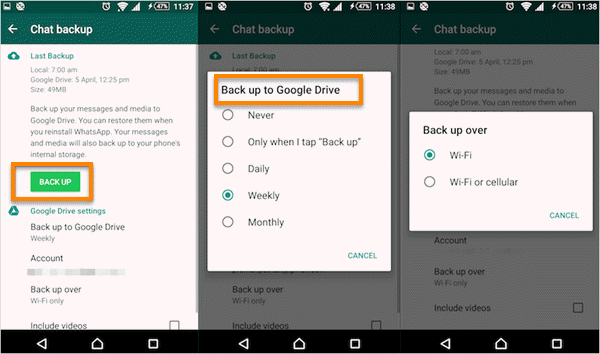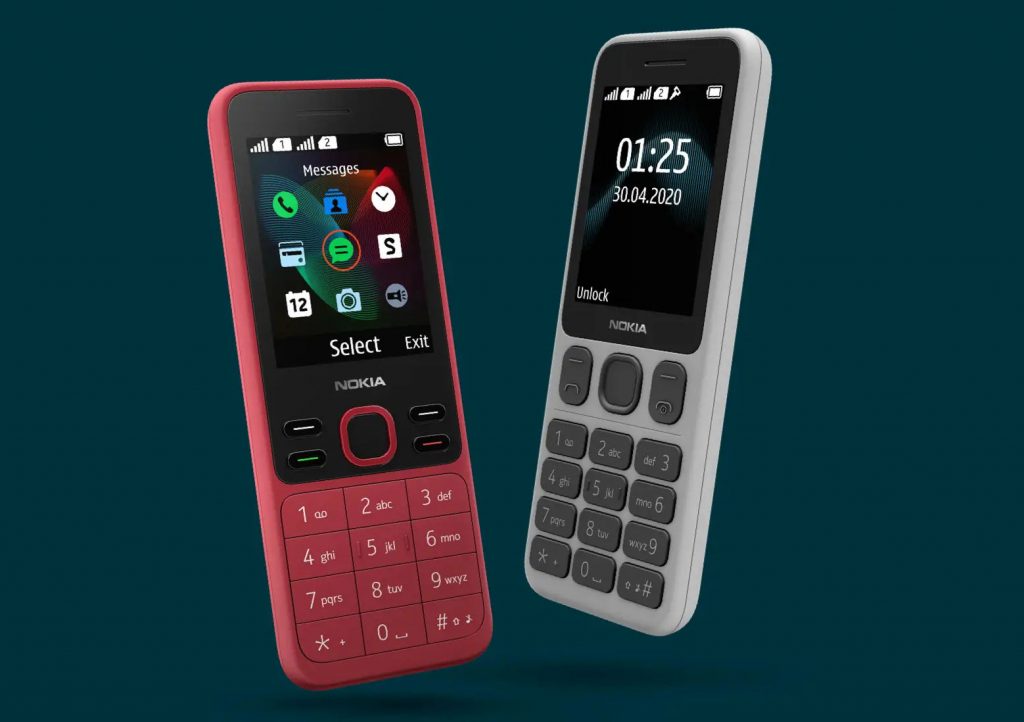You can follow these steps to take a screenshot on an Android device with ADB, instead of using the hardware button shortcut.
When most people take a screenshot on Android, they use the typical Power button + Volume Down button shortcut that is used on the majority of smartphones and tablets. Almost every Android OEM uses this combination of buttons to capture a screenshot, but it doesn’t work everywhere.
There are times when pressing the Power and Volume Down buttons at the same time do nothing but try and adjust the volume.
I noticed this earlier today when I was writing a guide about how the new Double Tap to Wake gesture works on the Pixel and Pixel XL. I wanted to take a screenshot of the black and white lock screen that appears when you use this specific gesture. However, when I tried to take a screenshot with the hardware button combination, it would just activate the whole screen and try to turn the volume down.
Thankfully, there’s a way to take a screenshot on an Android smartphone or tablet with ADB and this is how to do that.
Android Screenshot ADB
Install Minimal ADB & Fastboot tools on the PC
Double click the Minimal ADB & Fastboot desktop shortcut
Type the following command into the Command Prompt. . .
adb devices
. . .and press Enter on the keyboard
Connect the Android device to the PC with a USB cable
Grant USB Debugging access permission from the PC to the Android device
Go to the Android screen you want to take a screenshot of
Type the following into the Command Prompt. . .
adb shell screencap -p /sdcard/screenshot.png
. . .and press Enter on the keyboard
Launch a file explorer application to view the screenshot in the internal storage folder (I recommend Solid Explorer)
Explanation
To start, you will need to have a few things setup before you can actually take the screenshot. We need USB Debugging access to the Android device from the PC, so you will need to set that up first. To do this, follow the linked instructions for enabling Developer Mode as well as USB Debugging Mode (if you don’t know how to do this already). You’ll also need to install some sort of ADB and Fastboot tools onto your PC (I recommend the linked Minimal ADB & Fastboot tools).
With that done, you can then double click the Minimal ADB & Fastboot desktop shortcut (or simply launch a Command Prompt and navigate to where you have the ADB & Fastboot files located). You’ll want to start the ADB service by executing the ADB Devices command as shown in the guide above. With that done, you can then connect the Android device to the PC with a USB cable.

If you haven’t done this in the past, you’ll be prompted to allow USB Debugging access from this PC to the Android device. I tap on the Always Allow option, and then grant access (so I don’t see this prompt in the future). From here, you can execute the ADB Devices command again if you would like. If everything was setup properly, then you should then see your device listed in the Command Prompt.
Now, all you have to do is execute the ADB Shell command that I typed out in the guide above. The first 4 parts of this command is required to be typed/copied as shown. However, you can choose to save the screenshot in a different directory, and even change the name of the screenshot if you’d like. It’s all up to you. So you’ll just need to make the phone display what you want it to show and then execute that command within the Command Prompt.
This will safe the screenshot.png file to the internal storage (unless you changed this) so you can access this with a file explorer application (or even with the Google Photos app like I did in the embedded video above).
Experiencing difficulties with your Device, check out our “How To” page on how to resolve some of these issues.




